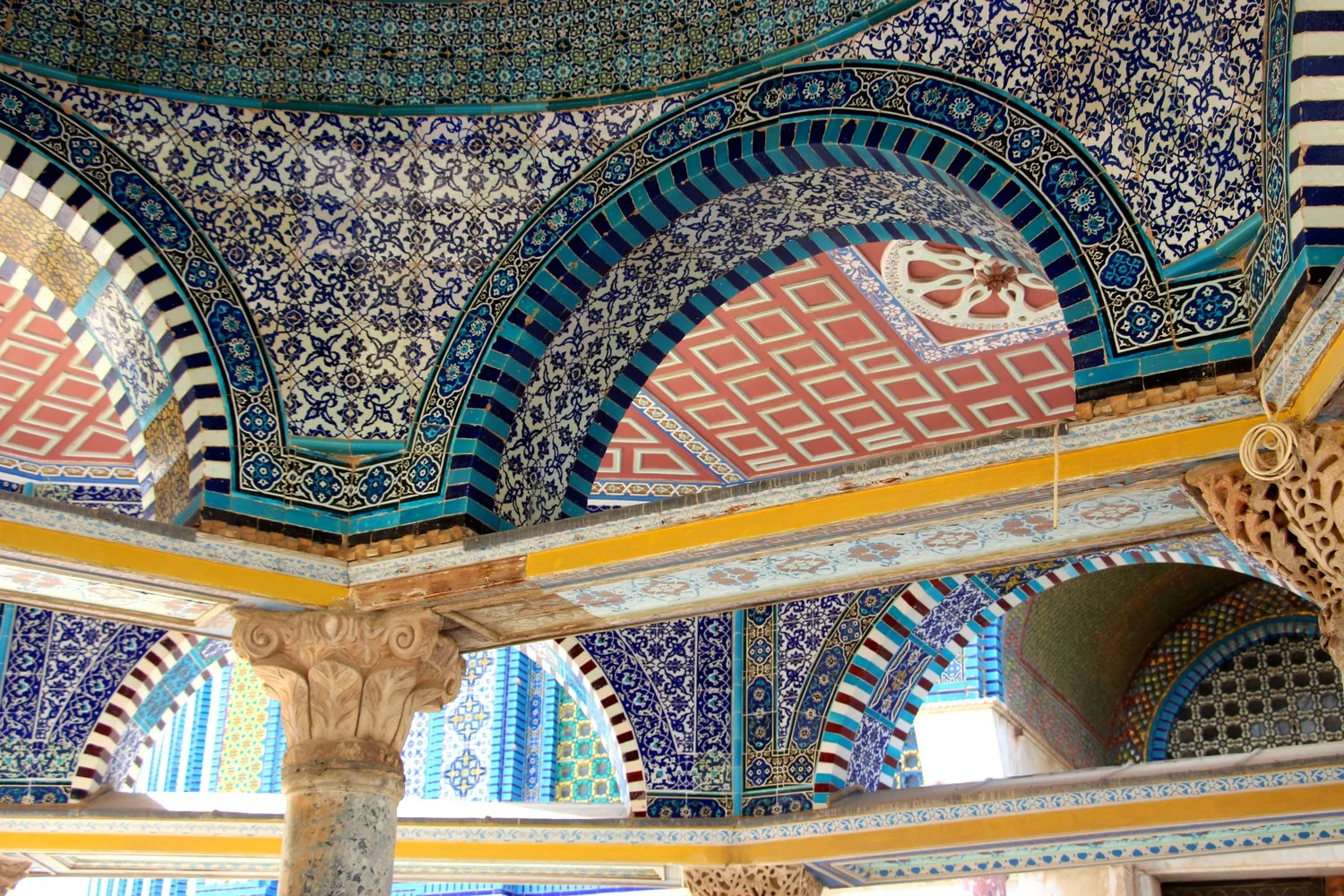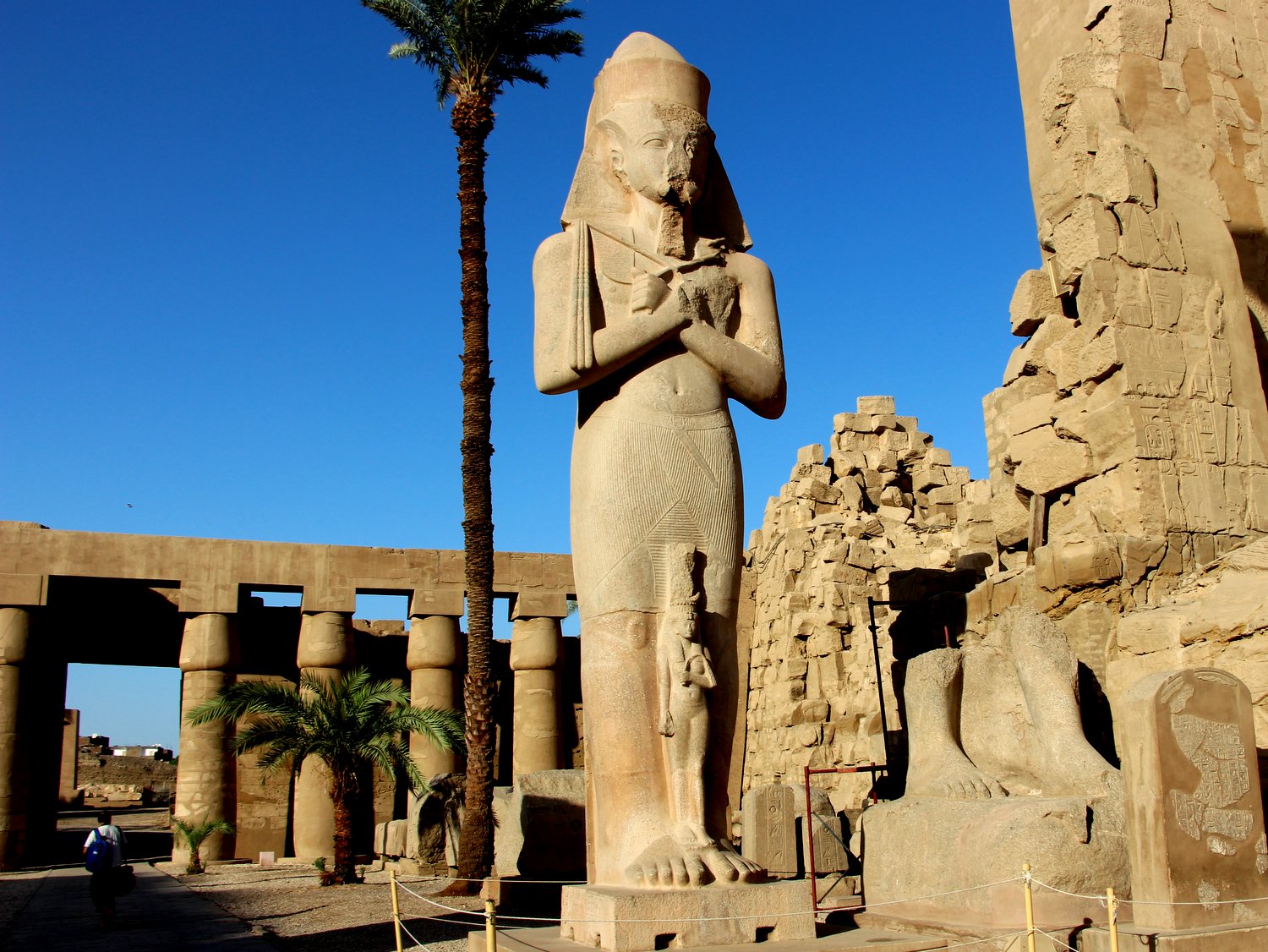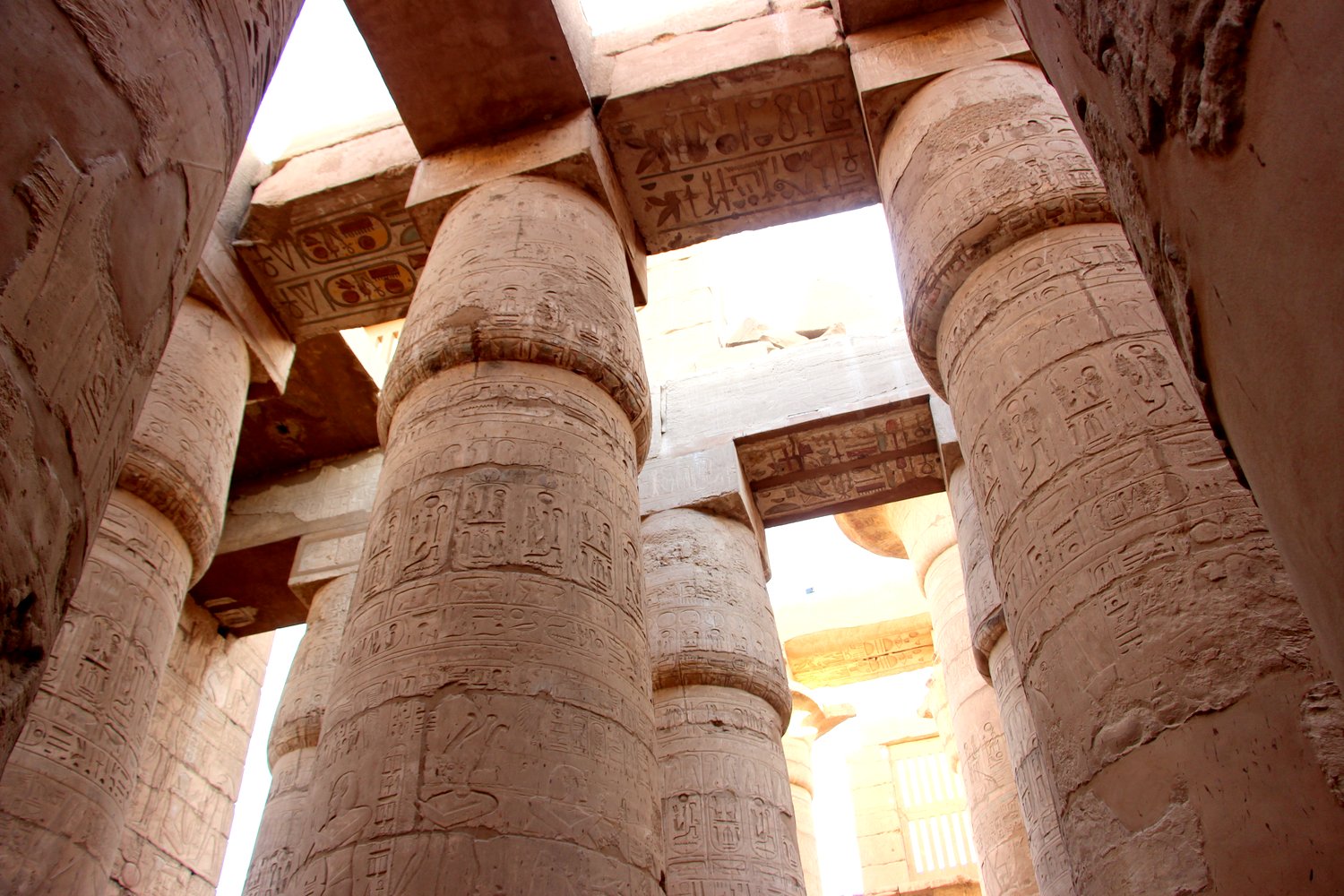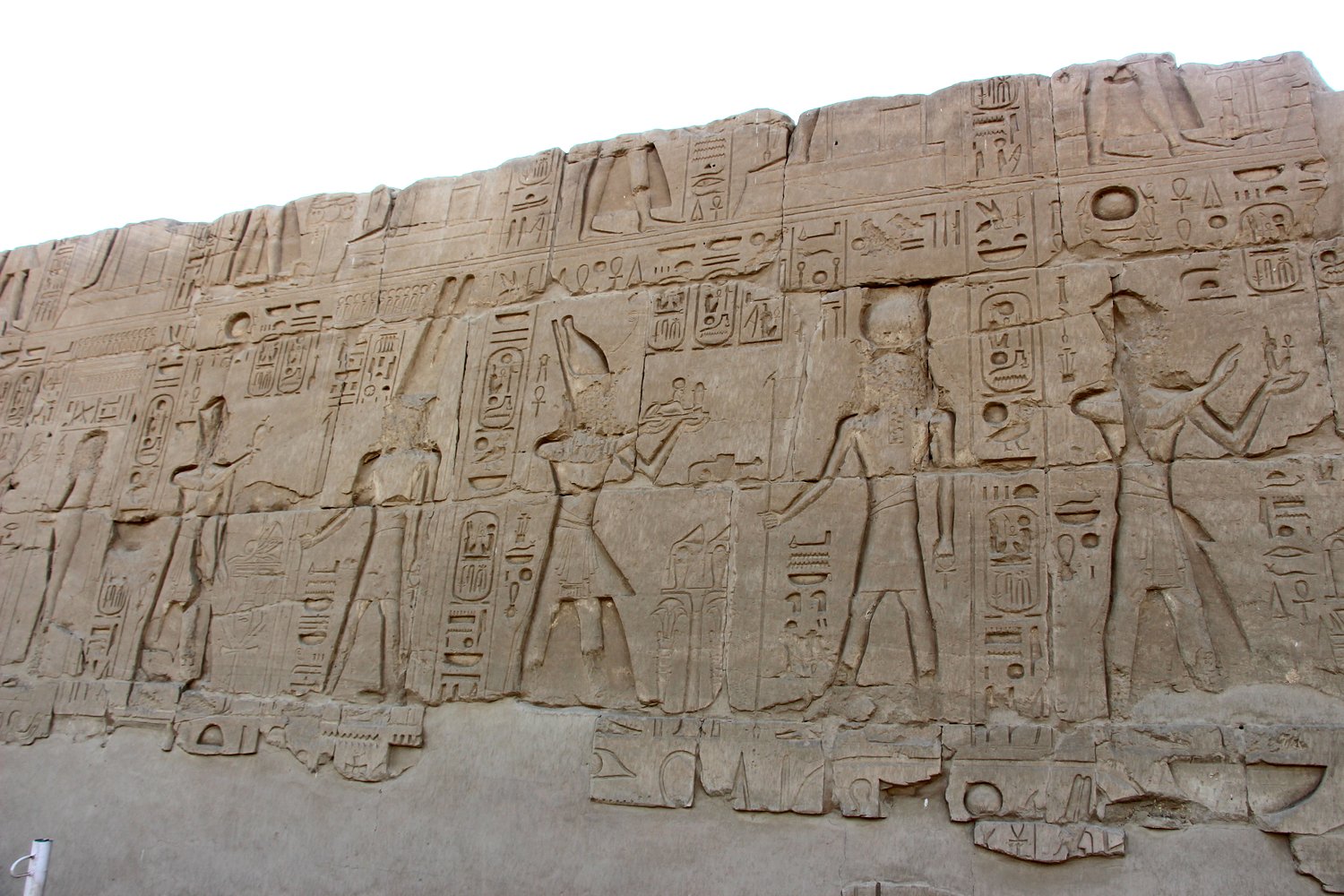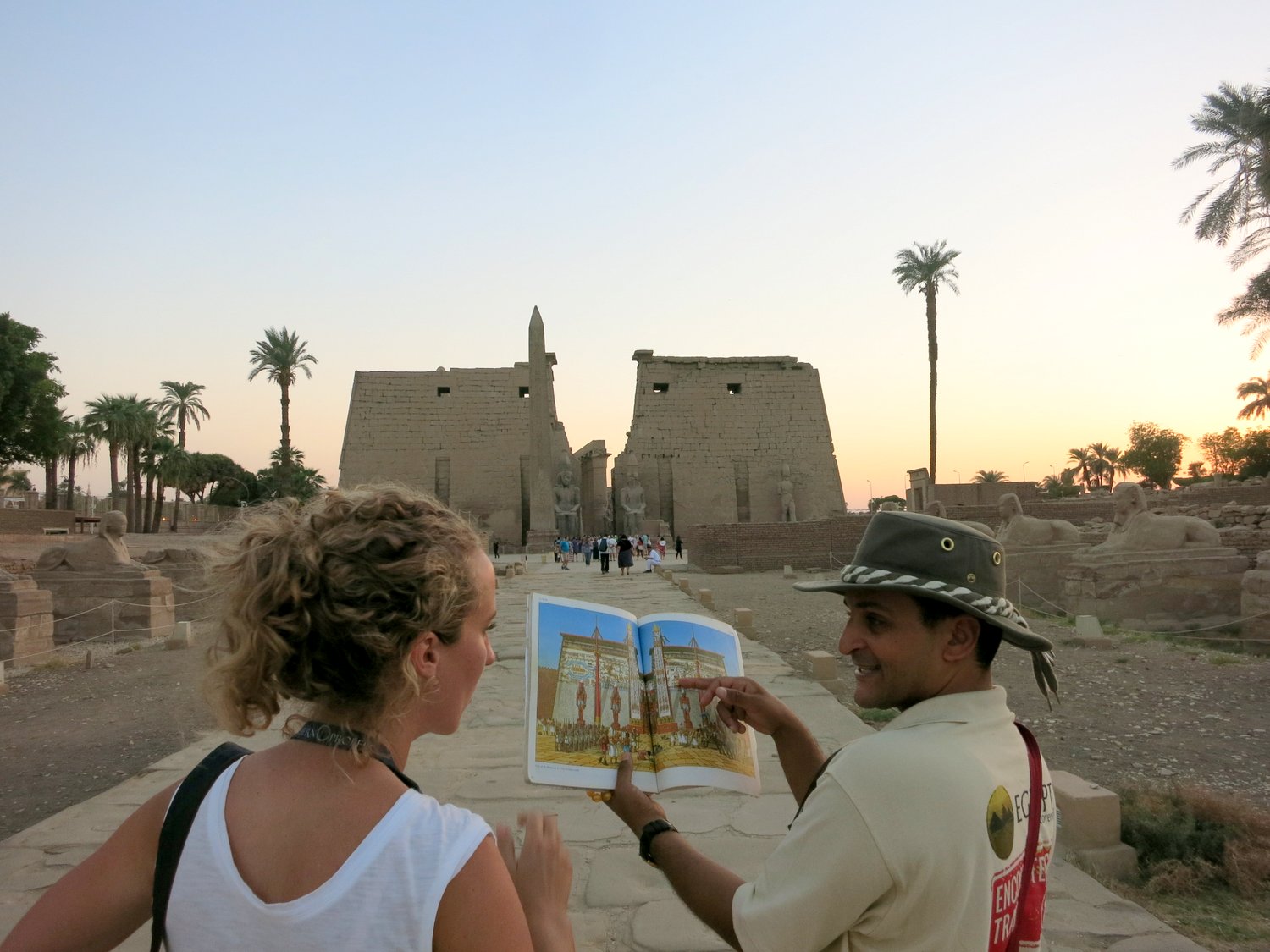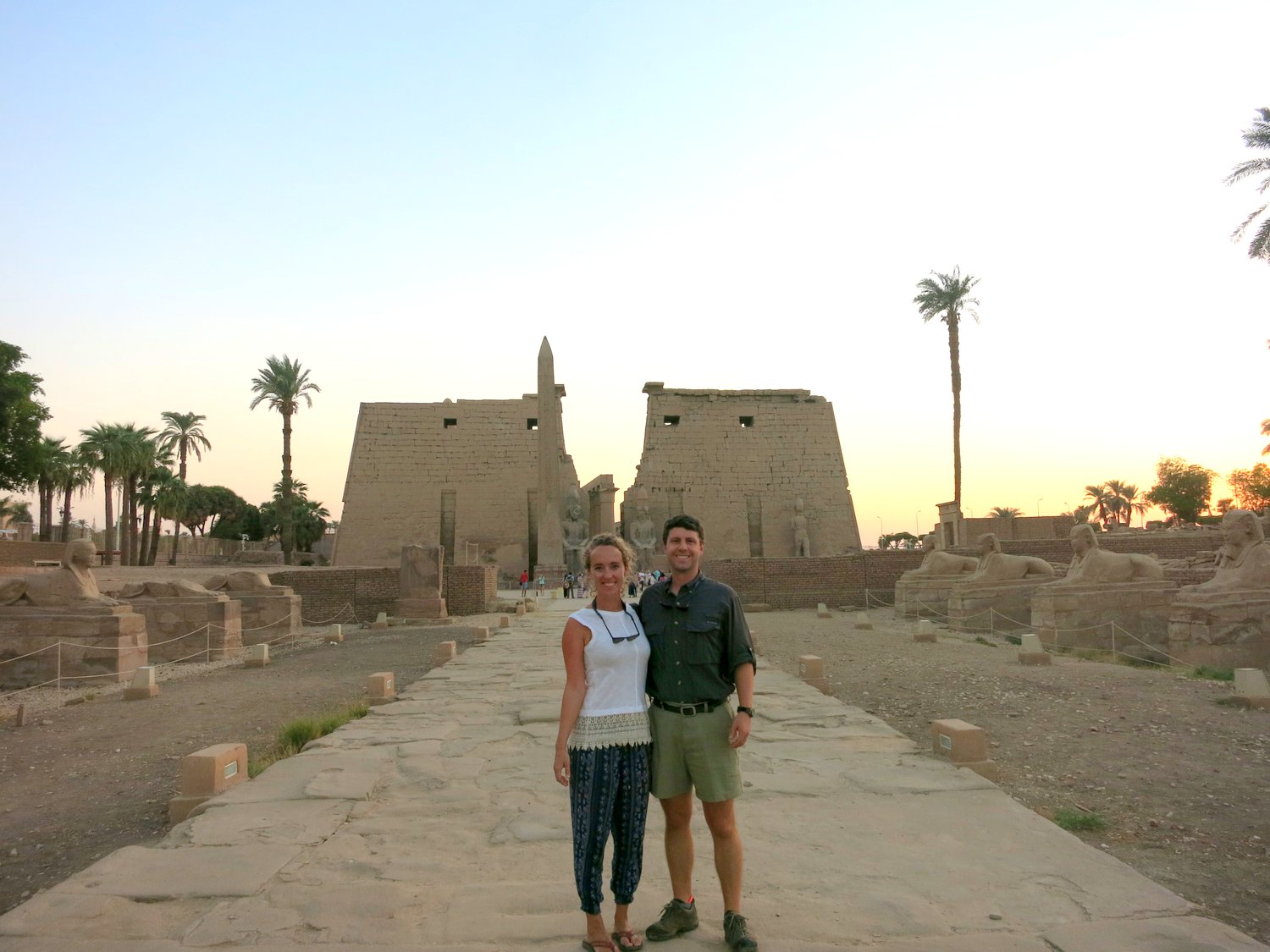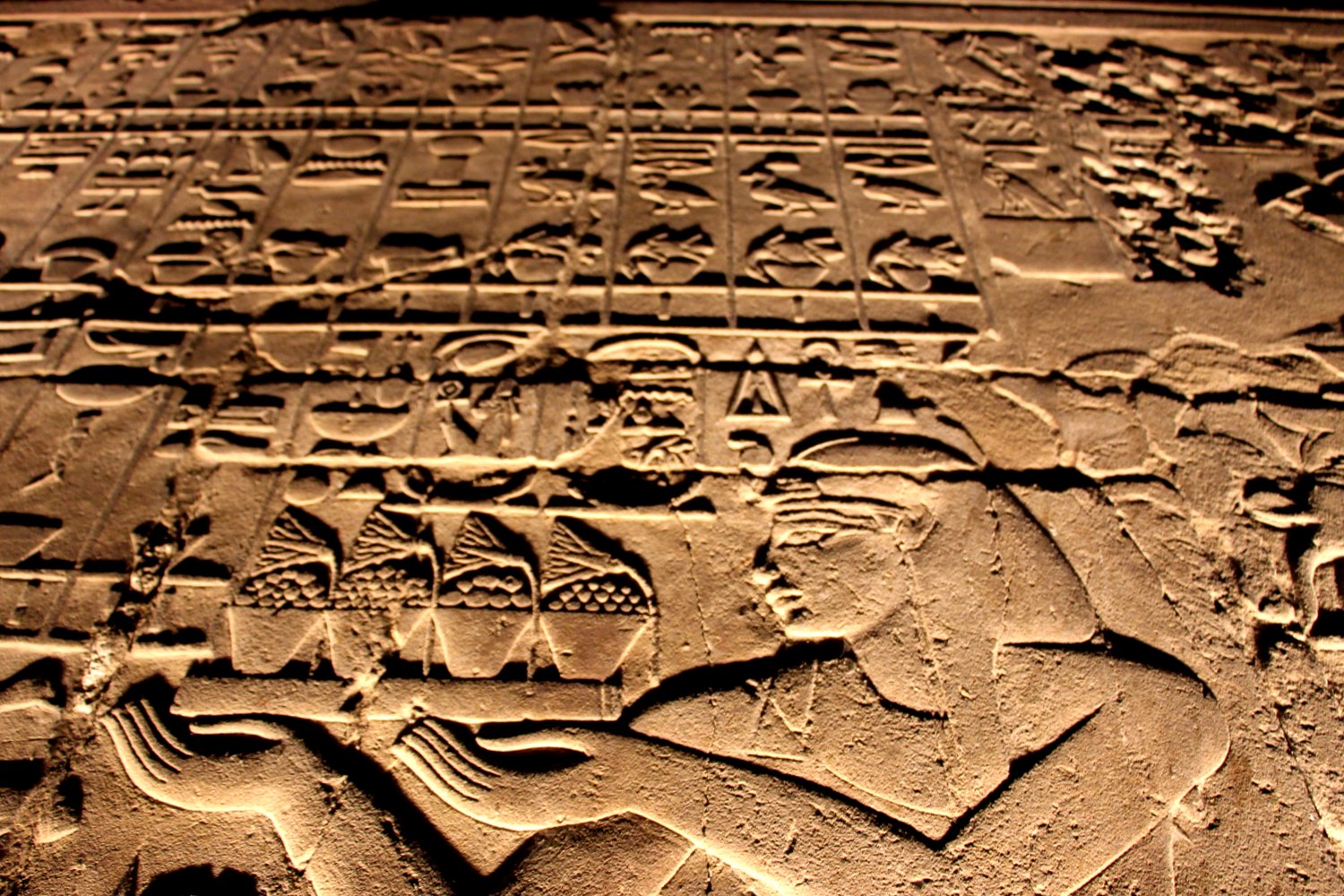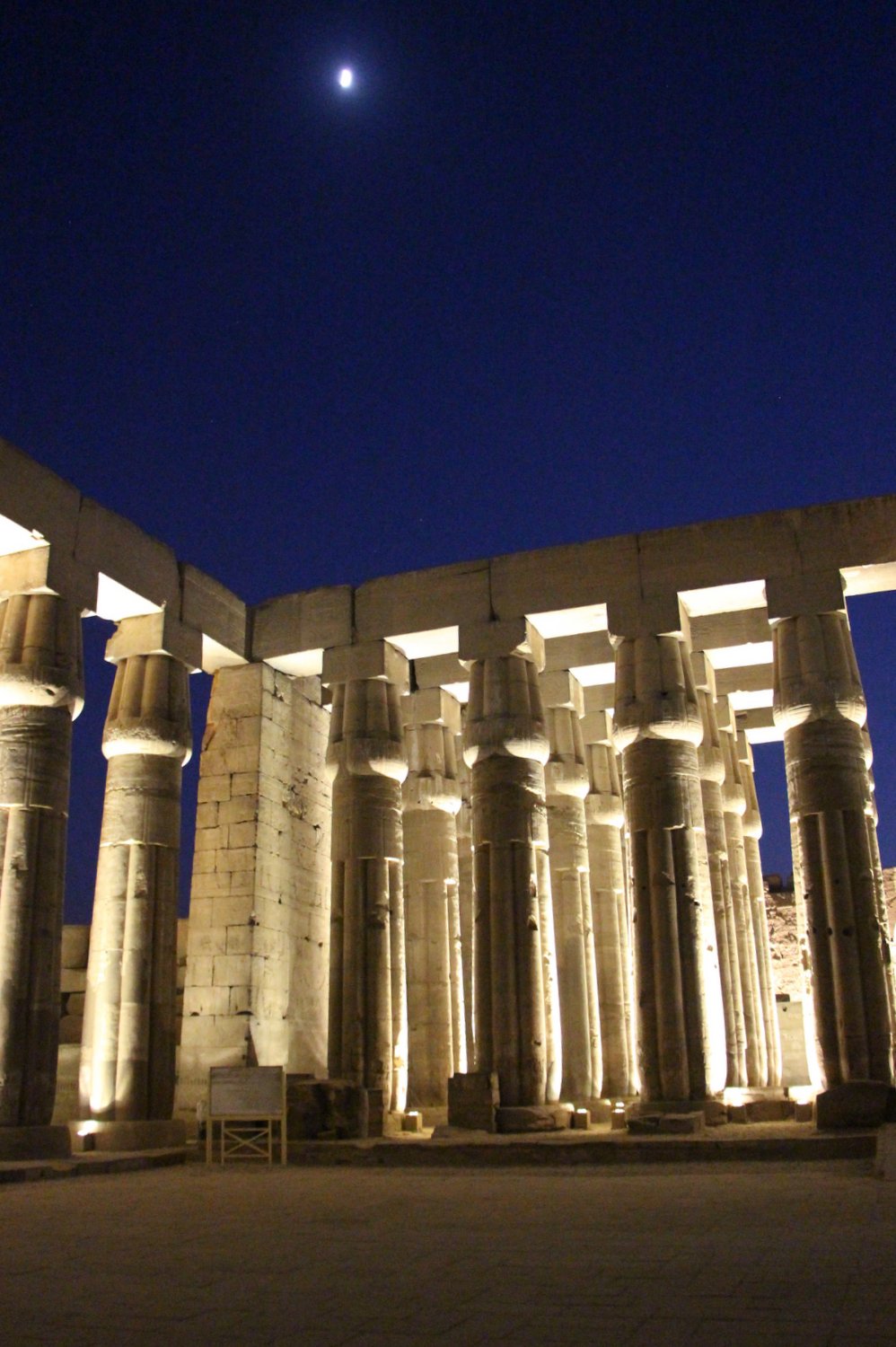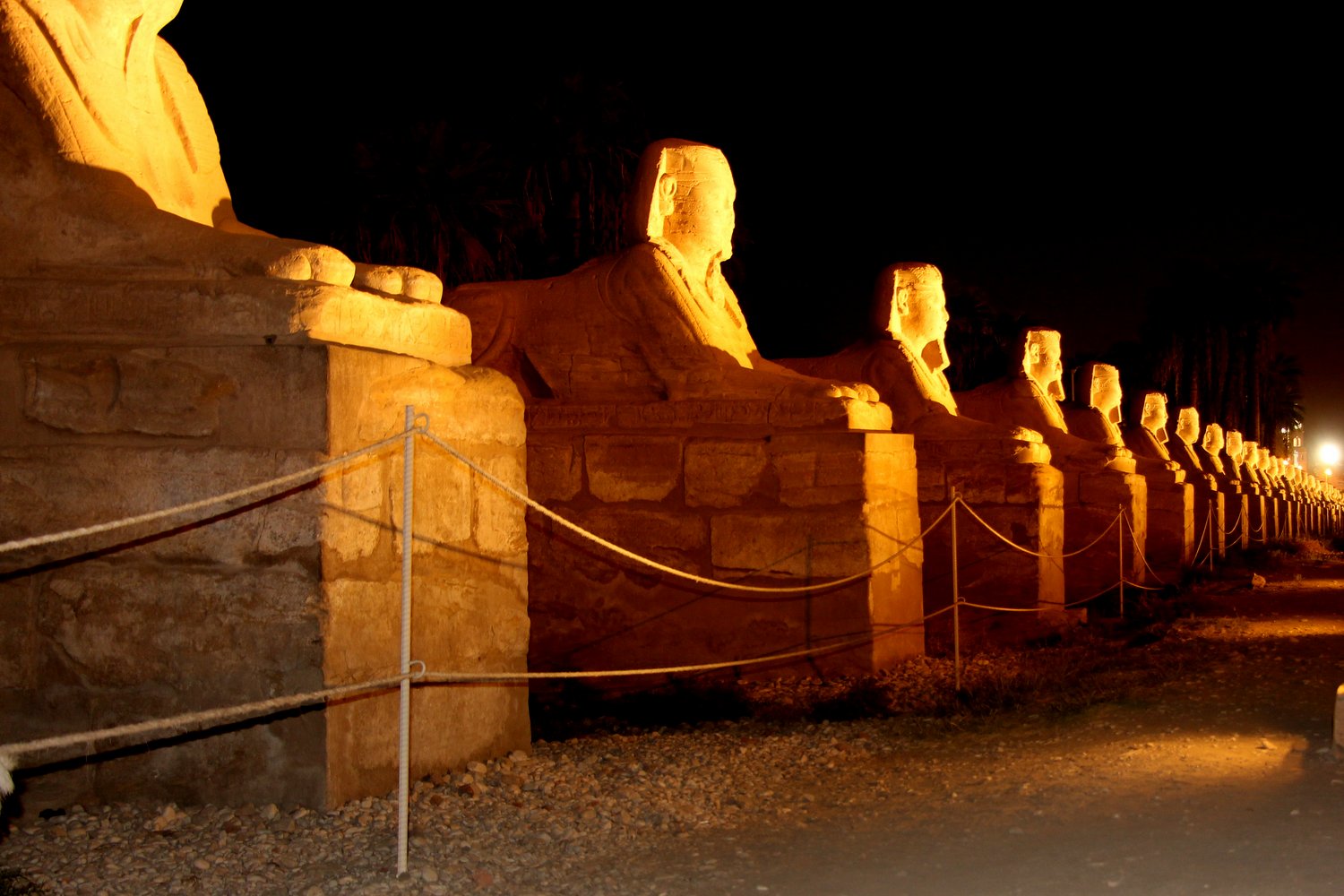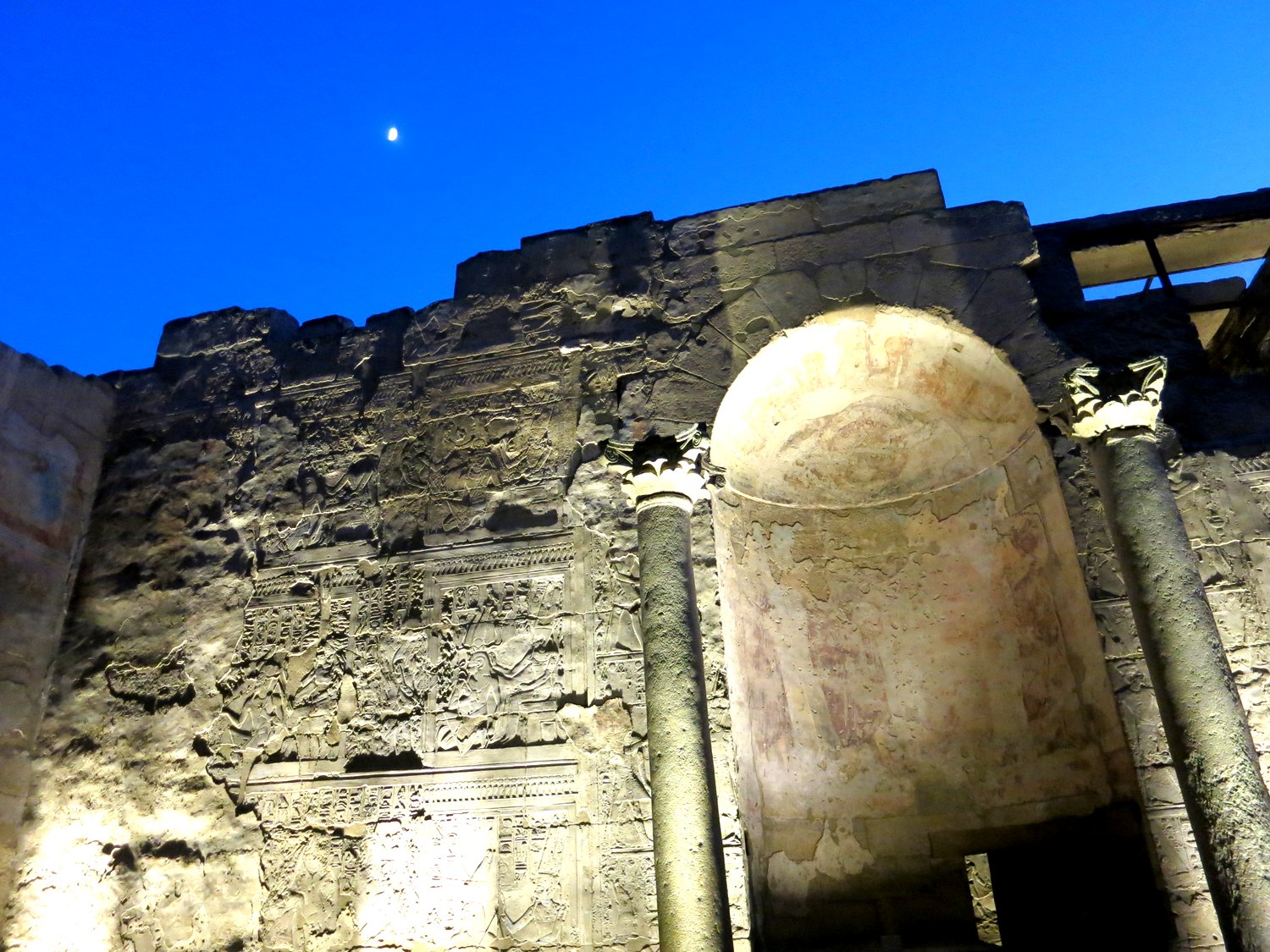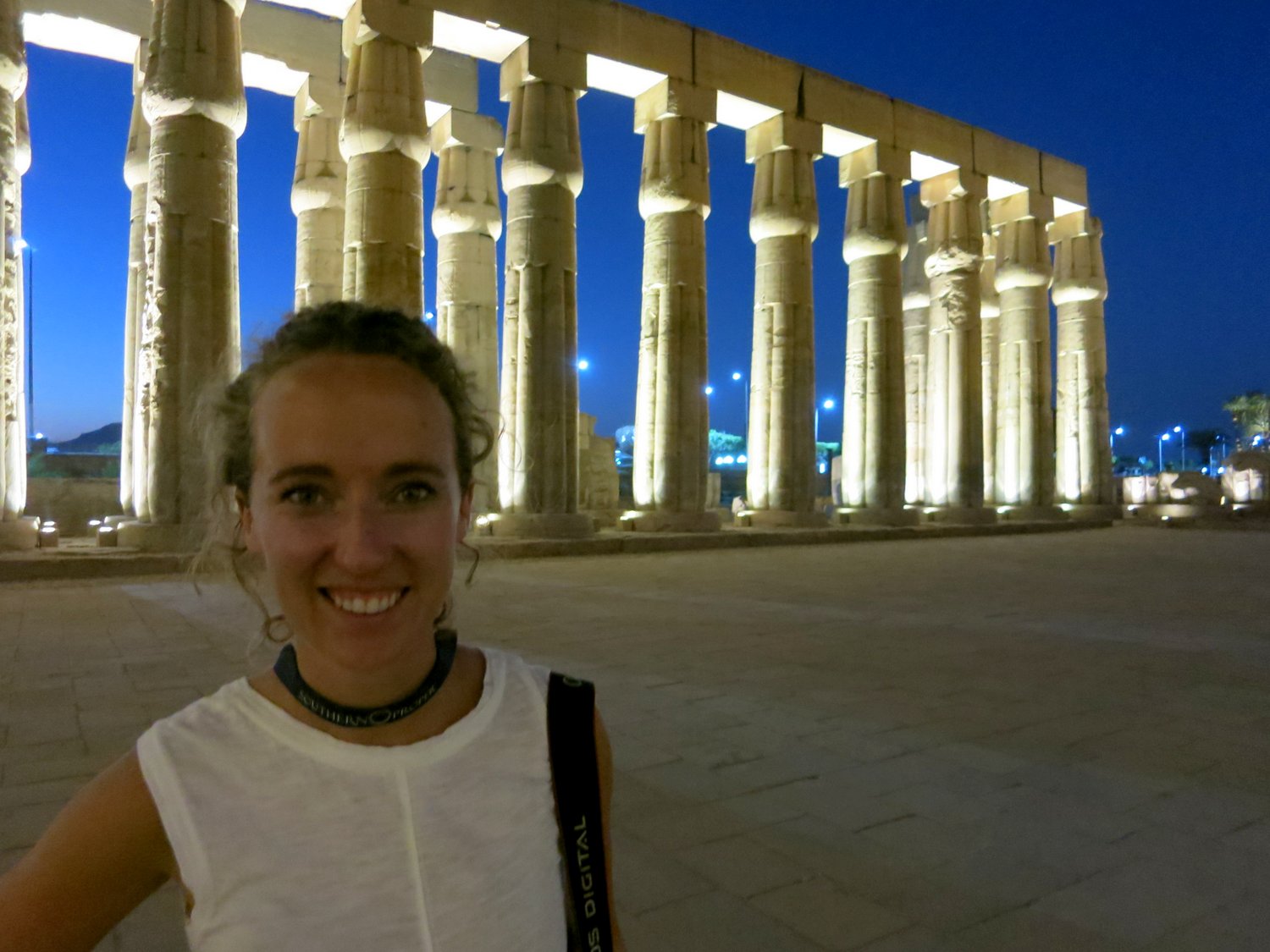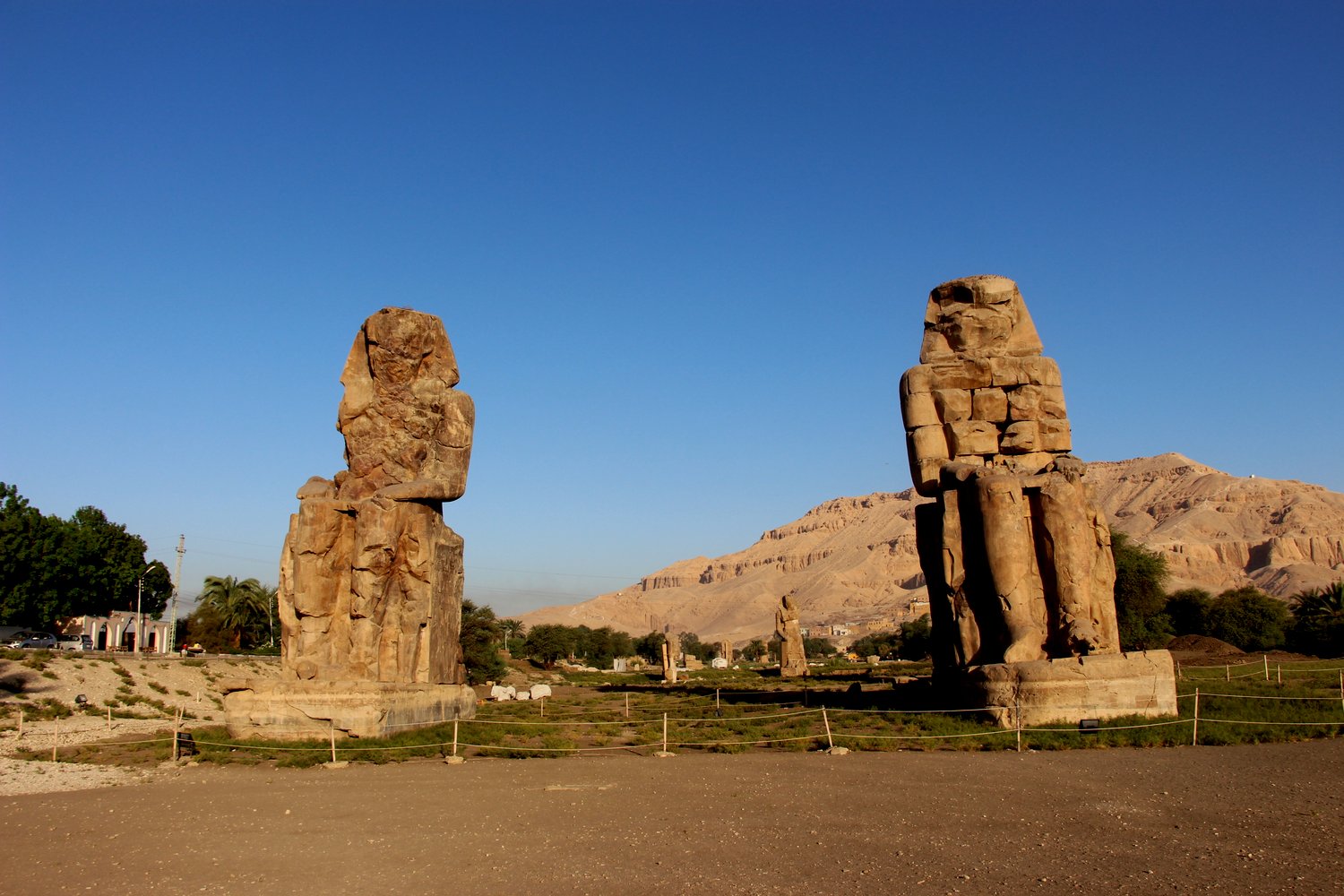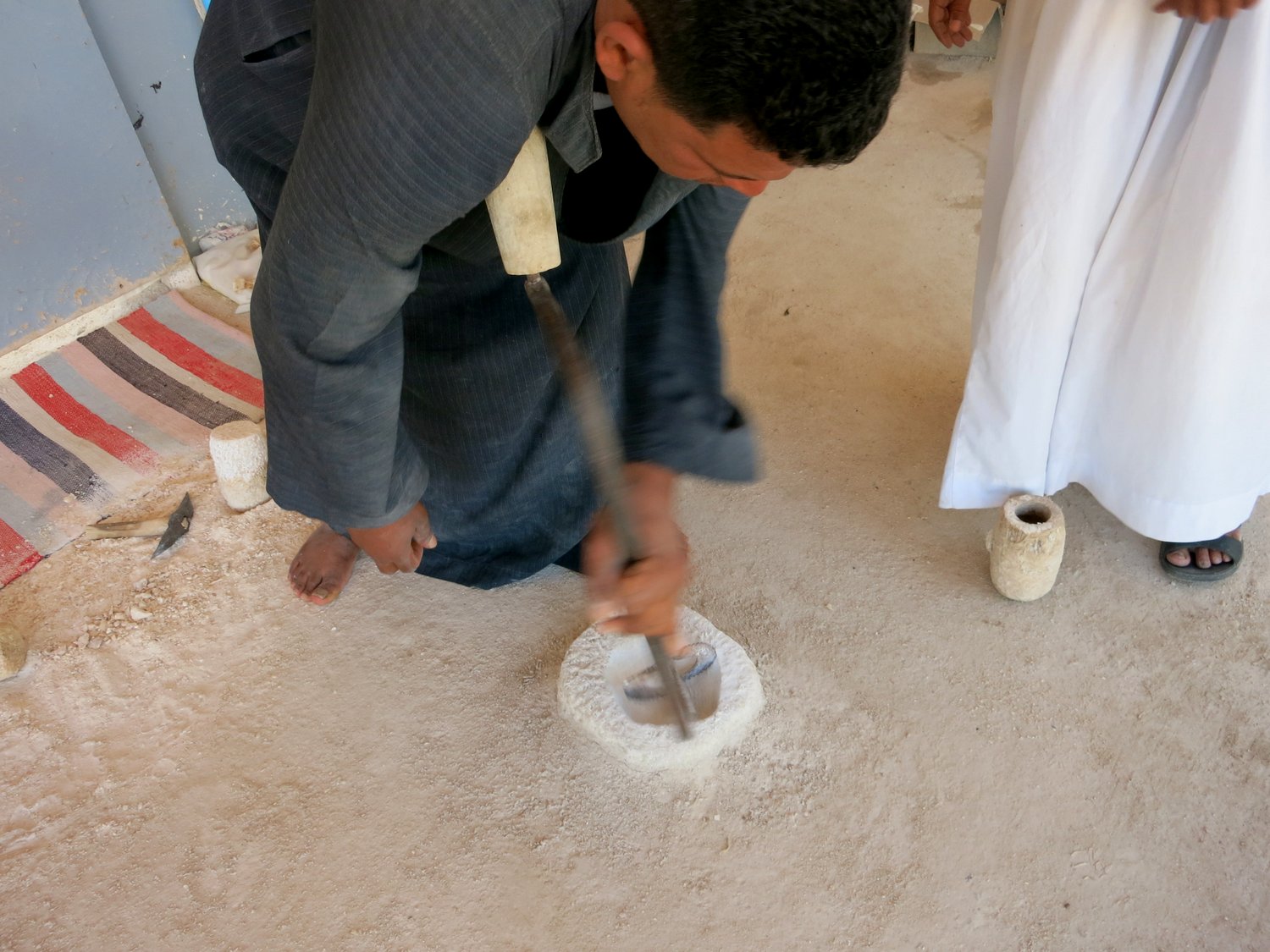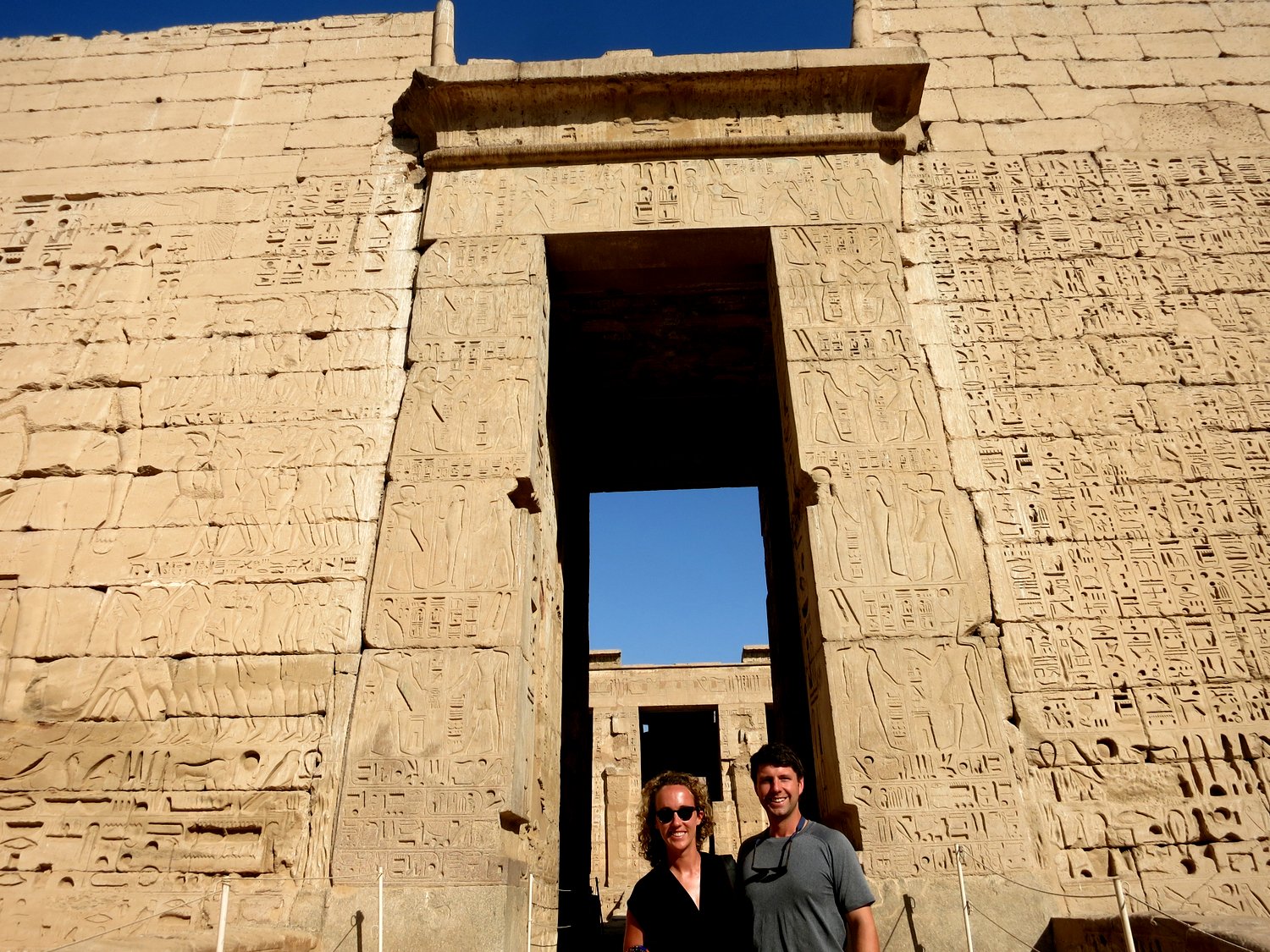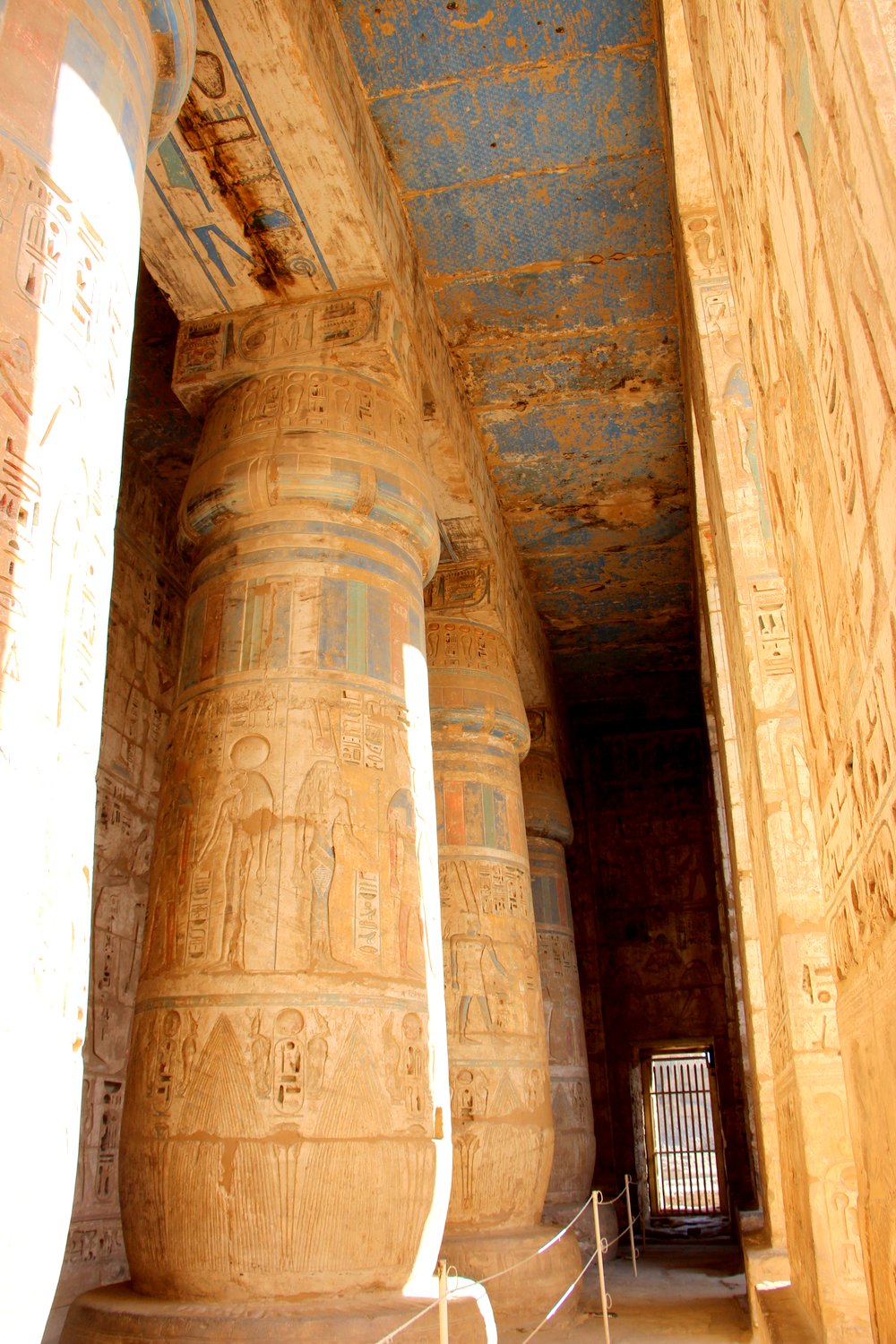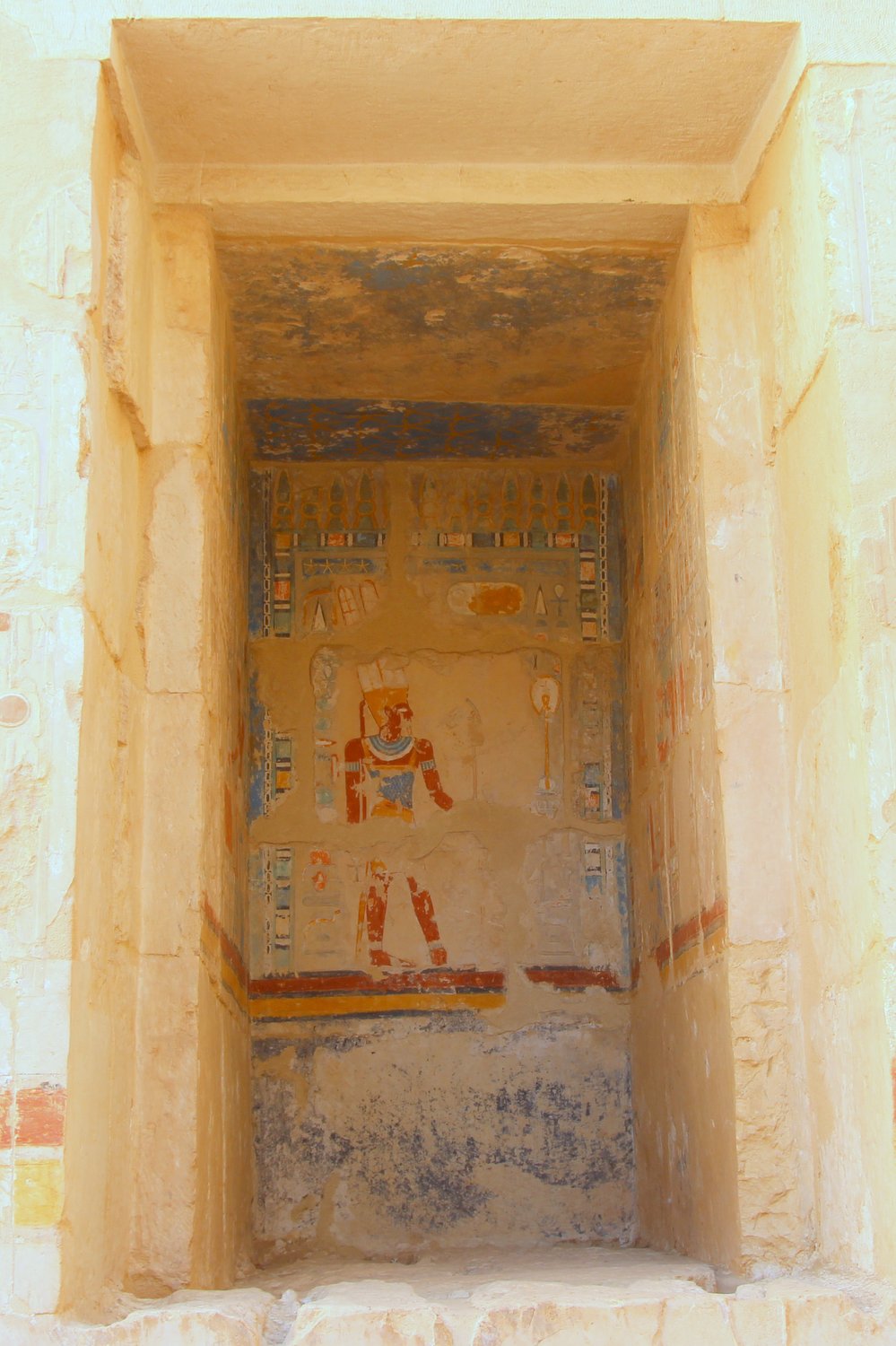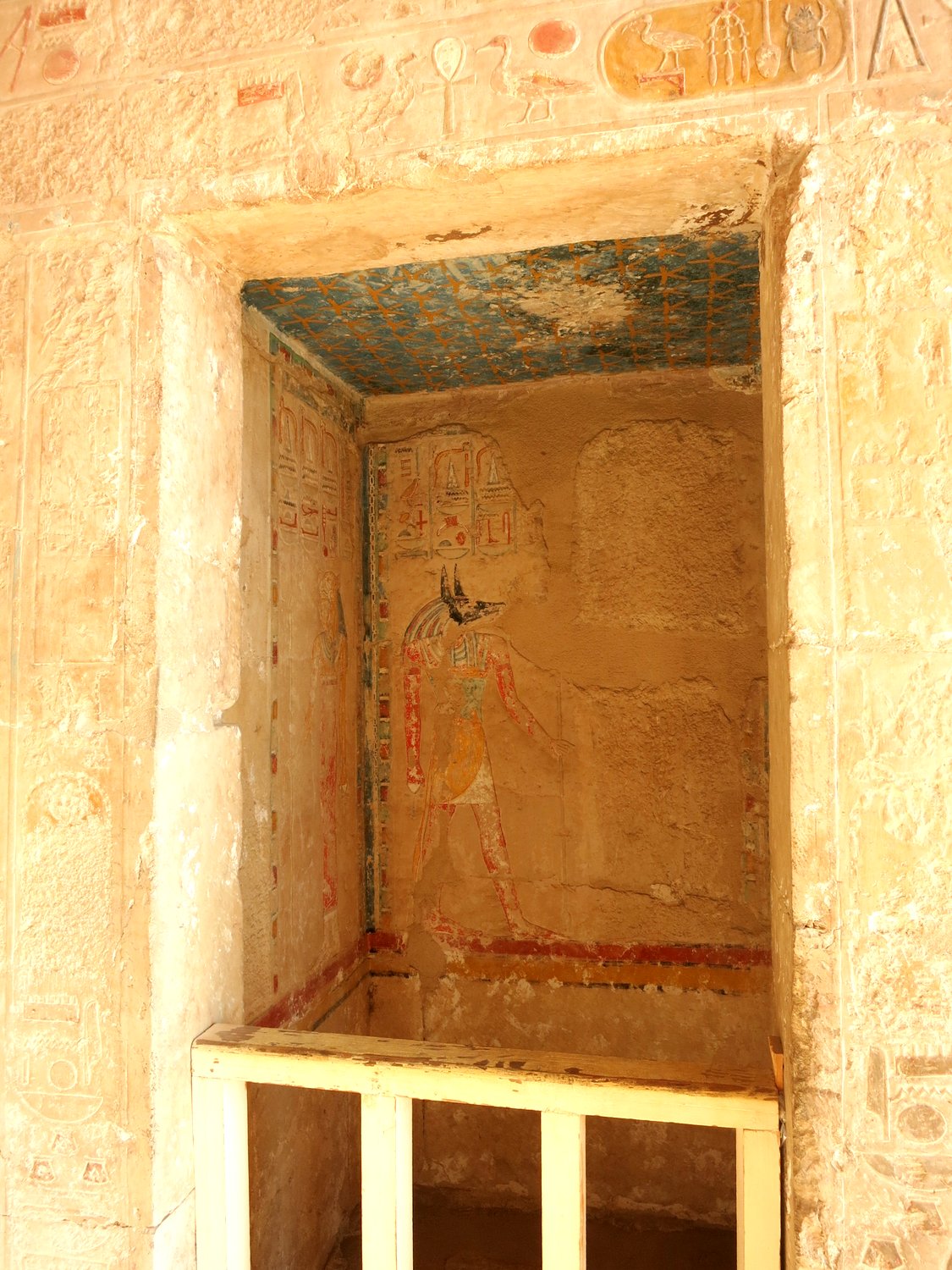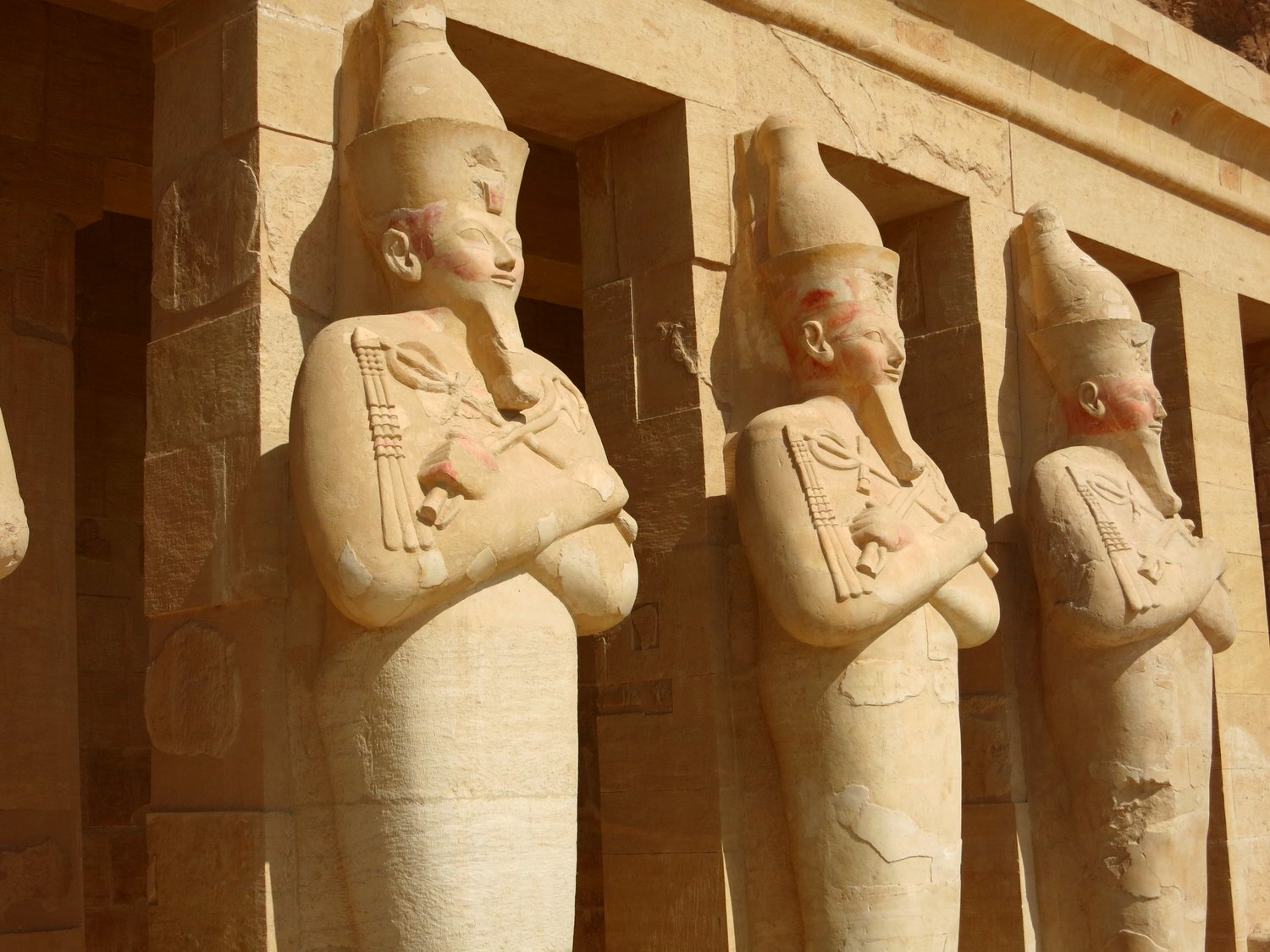Luxor, Ancient Egypt's Masterpiece
Luxor, also known as Thebes, was one of the most important cities in ancient Egypt. As such, it holds many of the most important temples and tombs.
First, a note on ancient Egyptian temples: Given their ancient construction, the history of these temples spans thousands of years with each generation influencing them. The result is a wonderfully complex and diverse structure with architecture, stonework, and dedications from many different cultures and religions including Egyptian, Greek, French, Roman, Christian, and Muslim. By walking through these structures, you walk through history.
Karnak Temple is one of the best examples of this. Its construction spanned over 30 pharaohs who wanted to leave their mark, plus it has a temple inside the complex built by Alexander the Great. We wandered around the colossal columns (with beams estimated to weigh 70 tons!) and our fantastic guide Aboudi brought this history to life.
Next was Luxor Temple. We opted to view Luxor temple at dusk and then stay to see it lit up at night. This perspective somehow made the temple even more beautiful and mysterious, which is something we didn’t think was possible!
Luxor Temple is where many believe pharaohs would be crowned. Alexander the Great even claimed to be crowned there! Our favorite part was the mosque that sits on top of the ruins. The mosque was built before excavations on the temple were complete and, once the temple was excavated, locals vehemently opposed tearing the mosque down. Today, the mosque continues to operate and we listened to the evening call to prayer while studying a Ramses II statue by twilight!
The next day, we made a quick stop by the Colossi of Memnon—two enormous statues that stand as 3000-year-old sentinels for the ancient treasures of Luxor. Next, we sped on to the Medinet Habu Temple.
Medinet Habu Temple, like many Ancient Egyptian temples, resembles a city more than a temple. It also still has original colors preserved on its ceilings! Along with architectural and sculptural beauties, it has a gorgeous relief of a battle of Ramses III. It may have been the Egyptian heat, but when you stare at it, the characters seem to move!
Our next stop was one of our favorites: The Mortuary Temple of Hatshepsut. Hatshepsut was the most powerful of ancient Egypt’s female pharaohs. The temple is built into the cliff-side and it has gorgeous stone reliefs that explain stories even two Westerners can understand. Unfortunately, many of the reliefs were destroyed by Hatshepsut’s stepson after her death. Later, the temple was used for building materials for a Christian monastery. To continue the tragic tale, this temple was also the site of the appalling massacre in 1997 where Islamic Extremists killed 67 people, mainly tourists, visiting the site. Our talented guide, Aboudi, used the destroyed reliefs as a moving illustration for the useless and tragic destruction in which we humans continue to engage.
We then went to the famed Valley of the Kings. After learning that pyramids were easy targets for tomb raiders, pharaohs of the New Kingdom opted to be buried in the desert valley in hidden tombs. 63 tombs have been excavated and we believe some haven’t been found yet. These temples contain the earthly treasures of the pharaoh and provide clues as to daily life and rituals of the ancients. Even with modern technology, the discovery of tombs comes down to chance which leads to the assumption that there remain many unexcavated. Modern scanning is no match for the limestone that encases these mysteries.
We visited four tombs including that of King Tut. King Tut’s tomb was broken into along with his neighbors, but his treasures remain untouched because of the ingenius hiding techniques of his tomb. However, after excavation, his treasures were transported to the Egyptian Museum where, in the 2011 Revolution, looters sadly got away with a few of them.
Pictures weren't allowed so click the caption for the photo source!
Ramses IV Tomb was one of our favorites.
The entrances were daunting but gorgeous.
Lastly, we visited an alabaster factory and learned how to tell the difference between authentic handmade products and machine made imitations (hold it up to the light—you should be able to see through it!). We even tried our hand on the techniques!
With our heads full of new knowledge, we left Luxor for our fantastic cruise down the Nile! Details on that to come! In the meantime, Click Here to read What We Learned in Cairo and Luxor.



